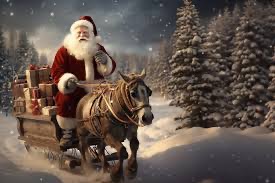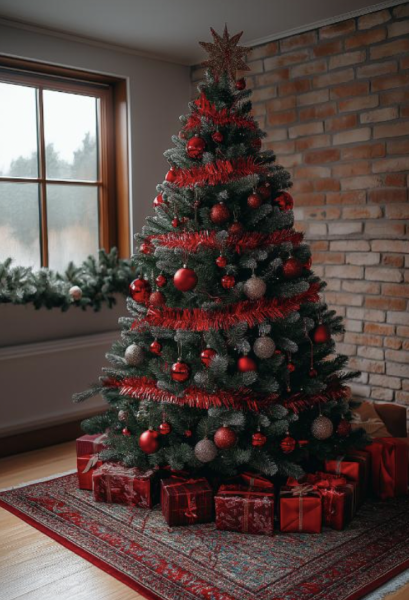Finding the Facts of Thanksgiving

What We Don’t Know About Thanksgiving
Thanksgiving as we know it is a holiday that is known to be started with a feast between the Plymouth colonists and the Wampanoag Native Americans. However, many people have an issue with the way Thanksgiving is portrayed. Many argue that Thanksgiving softens the context of the interaction between Native Americans and the colonists and hides the violent history between them.
According to an article from the New York Times, written by Maya Salem, school textbooks and animated television specials “not only misinformed a generation, but also enforced a slew of cringeworthy stereotypes” (Salem). In her discussion with James W. Lowen, a sociologist and author of Lies My Teacher Told Me: Everything Your American History Textbook Got Wrong, he explained how the idea of Thanksgiving is not exactly credible due to the fact that it was not established until 1863 and that “claiming it [the Pilgrims and Native Americans] was the “first Thanksgiving” isn’t quite right either as both Native American and European societies had been holding festivals to celebrate successful harvests for centuries” (Lowen).
Many historians also argue that there is no evidence that the Native Americans were invited. Kate Sheehan, a spokeswoman for the Plymouth Plantation, explains that “The English-written record does not mention an invitation, and Wampanoag oral tradition does not seem to reach back to this event” (Sheehan). However, there is a possibility that the leader of the Wampanoags was with the colonists for diplomatic purposes. With this in mind, the interaction between the Native Americans and Pilgrims is still unclear.
The biggest confusion with the tale of Thanksgiving is the role of Squanto. The Squanto we know of served as a translator and diplomat between the Native Americans and the Pilgrims. According to the History Channel, Squanto’s childhood in and out of slavery with Europeans helped him learn English, which he used to communicate with the Pilgrims. However, his story does make him out to be the trustworthy friendly diplomat he was described as. He took advantage of his ability of dual communication to gain power with both the colonists and the Native Americans by overexaggerating his influence with both sides. The History Channel concludes his story by stating that he tried to increase his power by turning the leader of the Pilgrims against the Wampanoags.
With all of these uncertainties about thanksgiving, many would ask “Why do we still celebrate Thanksgiving?” While this holiday has some shaky history, it still stands for being grateful for what we have. We can take time during Thanksgiving to give thanks to our friends and family and not associate it with the uncertain history of the holiday. Not to mention, everyone loves a holiday in which food is involved. Be sure to remind yourself what you are thankful for this holiday!







